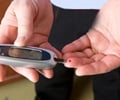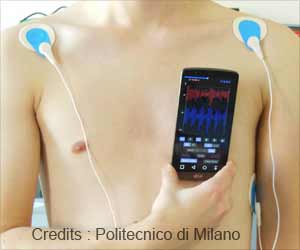A new smaller spectrograph that could let diabetics monitor blood sugar levels without piercing fingers several times daily has been developed by two scientists.

But, Chae-Ryon Kong and Ishan Barman, former graduate students at MIT's George R. Harrison Spectroscopy Laboratory, have potentially reduced the overall size of this sensor by making an important part of this equipment smaller.
The current prototype is the size of a shopping cart, and the corresponding tests would take about one minute.
Their Raman spectrograph works by shining a low-powered laser though the thin fold of skin between the thumb and forefinger.
Previous researchers have used a compound parabolic concentrator (CPC) for this purpose, yet it takes a very large CPC to achieve the high degree of collimation needed.
Kong and Barman turned to a more compact mirror, a compound hyperbolic concentrator (CHC), which uses a lens to focus light into the necessary tight beam. The new design is from five to 20 times smaller than if we used a CPC to achieve the same performance," Kong said.
Advertisement
"Our next step is to miniaturize this and make it portable," stated Dasari who expects to build a portable prototype over the next couple of years.
Advertisement
Source-ANI















